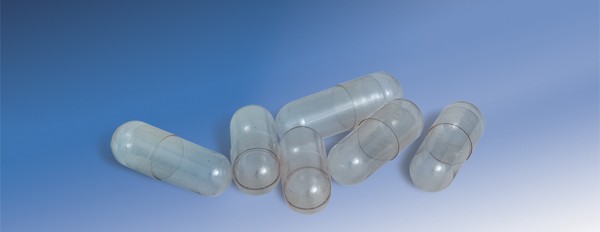Tags: Careers in Pharmacovigilance, Pharmacovigilance Training, Online Pharmacovigilance Courses
Pharmaceuticals is regarded as an evergreen industry. Drug safety or Pharmacovigilance is at the center stage of new drug development as well as postmarketing evaluation of approved drugs and devices. This creates a very vital niche for the pharmacovigilance industry inside the much larger and expanding pharmaceutical business. It would be apt to say that if pharmaceutical business is evergreen then pharmacovigilance is greener.
A career in the pharmacovigilance industry would be a safe investment if one has the interest and aptitude for critical analysis of data as well a keen interest in research and development of drugs.
Death directly or indirectly related to drug use is the fourth leading cause of mortality in the United States. The current available worldwide is just a tip of the iceberg. Not only is there a significant mortality related to drug use it also has a major economic impact on the society.
In the USA the total cost incurred due to medication errors or adverse drug reactions (ADRs) exceed 136 billion USD annually. Compared to USA accurate figures are not available for this major cause of mortality in India or African nations, a useful estimate may approximate drug related deaths not very different. The seriousness of this such that all the regulatory agencies worldwide have developed stringent guidelines for drug approvals as well as for continuous monitoring of drugs in clinical practice.
The World Health Organization (WHO) has defined pharmacovigilance as the science and all the associated activities related to the detection, evaluation, understanding and prevention of ADRs or any other drug-related problems. ADRs (especially the serious drug reactions or SAEs), medication and prescription errors and poor drug qualities are the major concerns which are dealt with by pharmacovigilance systems. Thus, risk management, risk mitigation plans and discovery of safety signals from data mining of existing safety databases are immensely important activities during the development as well as postmarketing phases in the life cycle of a drug.
From 2007 onwards, the two major regulatory agencies of the world, EMA and USFDA have developed strict guidances such that the registration of any new drug product in the USA and European region is impossible without a thorough post marketing pharmacovigilance program which includes pre-marketing risk management plans. An very important constituent of an advanced and compliant pharmacovigilance program is to maintain large safety databases. Such large safety databases often contain several million individual safety records shared by pharmaceutical companies or healthcare institutions. Such requirements of maintaining and analyzing extremely large quantities of data has pushed pharmaceutical companies to outsource pharmacovigilance data management and analysis to cost effective hubs like India, Philippines, China, to name a few major ones.
With the heavy outsourcing comes the need of trained professionals and to meet the demand skills development programs take a priority. The national pharmacovigilance programs as advised to all nations by the WHO are also major networks of pharmacovigilance activities wherein very specific and focussed curricular training and experience are required. It is pertinent to note that the outsourced pharmacovigilance activity to India is on a steep rise for last 5 years.
A career in pharmacovigilance requires relevant qualifications, focused training and also an employment which has both short and long term career prospects. The basic minimum qualifications for fitting to a pharmacovigilance career include undergraduate and/or graduate degrees in human (MBBS, BDS) and veterinary (BVSC) medicine, BAMS, BUMS, pharmacy (B.Pharm), nursing (BS) or allied health sciences (BSc). All the mainstream educational courses lack the focus on industry specific training and the need is catered to by institutions providing targeted learning modules which transform aspirants into preferred and employable resources for phamacovigilance companies.
The main activities in a pharmacovigilance involve providing end to end medical, safety and analytical services which include medical review, expectedness, casualty assessment, case narratives and processing, coding using medical dictionaries (e.g, MedDRA), data mining and signal detection, medication error related activities and finally some specialized regulatory services. The various sub-specializations in pharmacovigilance include data entry and management, safety review and evaluation, regulatory submissions, data mining and safety signal detection etc.
The jobs in the pharmacovigilance domain are being offered by pharmaceutical companies, CROs, IT firms (BPOs / KPOs) and consulting firms. The national or regional pharmacovigilance centers and hospitals will also be offering jobs in the long run as the pharmacovigilance network develops further. The best part of the story is that the wider availability of jobs in the pharmaceutical and healthcare setup has transformed drug safety into an enterprise out of a physician’s clinic into a global cause.
To know more about the various pharmacovigilance programs offered by us please visit the following link: Pharmacovigilance Programs



One thought on “Careers in Pharmacovigilance – A Stable Evergreen Industry”
test from Naresh